Passage du Caire
On hidden figures, Egyptology in Paris, and why there are Obelisks in Central Park.
Façade: This word has to do with the outer layer of something. One sense has to do with the front or outside of a building. The other meaning has to do with people who are hiding something. In both cases, the facade could be deceiving.
The north pole wanders, it moves. They don’t tell you this in grade school but it isn’t where you think it is. And it isn’t even one. There are at least three distinct "North Poles": the Geographic, the Magnetic, and the Geomagnetic. The Geographic North Pole is the northernmost point on Earth, where the Earth's axis of rotation meets its surface. The Magnetic North Pole is the point on Earth's surface where the magnetic field lines converge, and compasses point towards it. The Geomagnetic North Pole is the pole of a theoretical, simplified Earth magnetic field. All three are not fixed. The Geographic wobbles very slowly in a phenomenon called axial precession, taking about 26,000 years to complete one cycle. The Magnetic was in Canada but has been making a line for Siberia for the past hundred years or so. The Geomagnetic is slightly different from the Magnetic in that it is a location where the axis of a theoretical Earth magnet (a dipole) intersects the Earth's surface in the Northern Hemisphere, rather than where the compasses actually point.
The solidity of earth is in motion as well. The plates shift and morph and are fluid. If we were to adjust our eyes and look at long geological time as opposed to lived time we would be able to see the mountains move. The defining characteristics of what makes a “continent” are not agreed upon either, that the rule I was taught (that there are 7 continents on the planet) was actually a made-up number not agreed upon by science nor politic, and that there are a plethora of definitions and continents depending on whom you ask and where they’re from. From the Russian view there are 6 continents, the UN defines 5, and the tectonic plates give us 15.
All of this is to say that if you are curious, the world opens up in very strange and fantastic ways, and that we too are morphing and changing as we move through a place that is always just beginning.
A few weeks ago I was in Paris and I was sitting on a terrace in Place du Caire. This is a small, tree lined square in the northern end of the 2nd arrondissement of Paris . It is a triangular square (a contradiction of geometry), approximately 25m on each side, located between the streets of Aboukir and du Caire. It is also known for having an alleyway called the Passage du Caire, the oldest and also the longest covered passageway still in existence in Paris. Caire is French for Cairo and the area was built at the same time period Napoleon and his army were fighting in Egypt. This was from 1798 to 1801 and many say this was the birth of Egyptology from a European point of view, and the appropriation of a certain aesthetic that was to leave a mark on Paris. Obelisks would be stolen from Egypt, transported and erected again in Paris/New York/ London/Washington DC, stolen statues housed in Museums far from home, and streets renamed as if to honour the pillaged place. It is how the Washington memorial in DC came to fruition as an Obelisk, it was in trend.
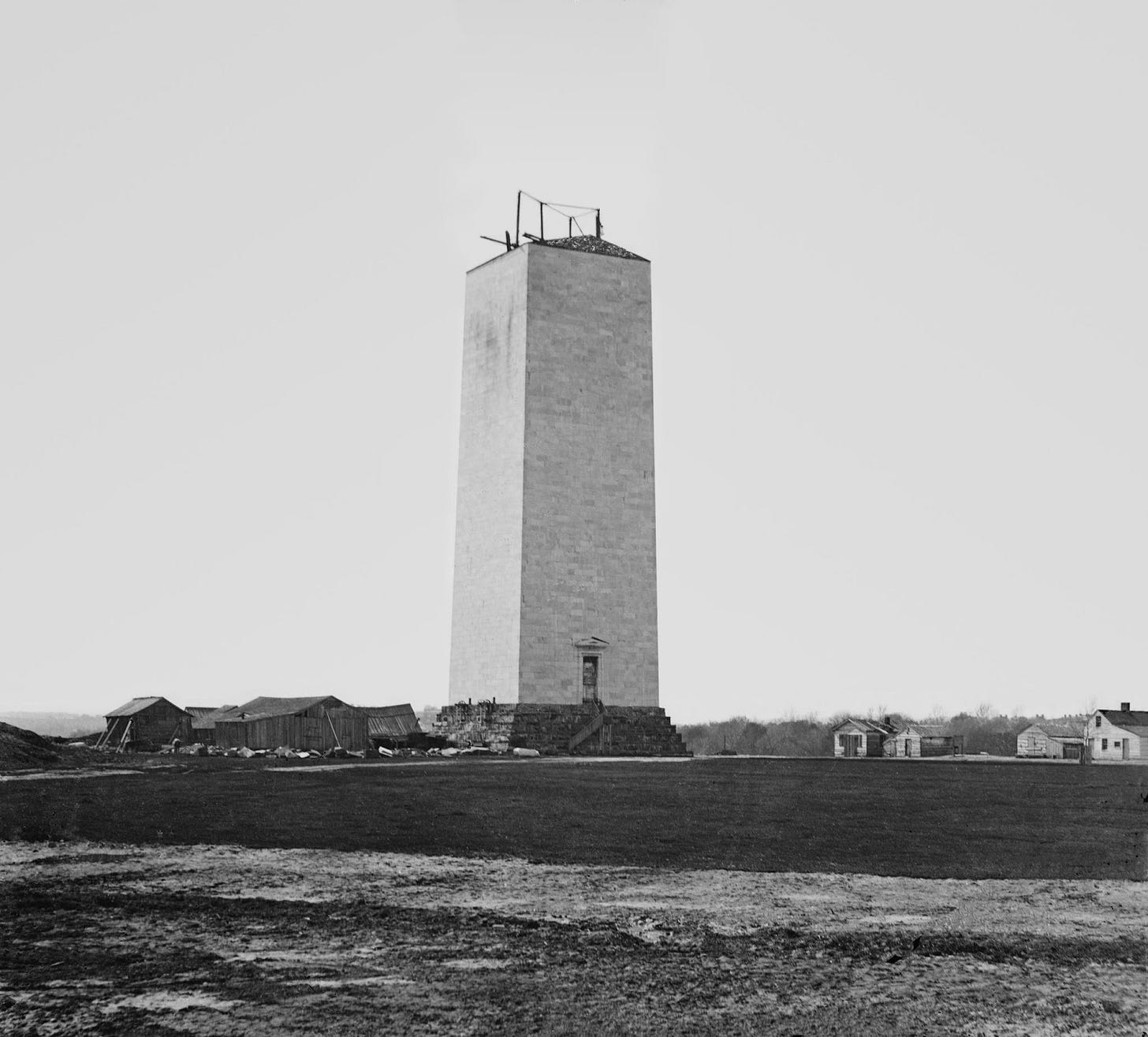
I was sitting on the terrace and was looking for something to sketch for I have taken to sketching. I am not good at it, but I enjoy it and it makes me sit down and shut up and not look at my phone. I was looking up towards the building that straddles the Passage du Caire and saw that there were faces on the structure. Three faces of Hathor, the Egyptian goddess associated with love, beauty, music, motherhood, and joy. Above the Hathors there were inscriptions and hieroglyphs but slightly off, not the ones I knew, and in the middle of the building at the top under an overhang near the roof, was a cartoonish face carved into the stone with a large nose and a small hat. It looked out of place.
So often things that are thought of as old or antiquated are generated for tourism. I remember living in China and seeing the Great Wall near Beijing. Some sections were original and ancient, while other sections of the wall were new, built on top of the old structure, clean and fresh. In Uzbekistan I have walked the streets of Khiva and have seen the newness in the bricks. It is a mixture of tourism needs and ideas of preservation, differences in the ideas of used space and historical protection. I like that ancient temples are repainted because they are still used but I find it dishonest to pass something off as old when it is in fact new to look old. I thought this might be the case with this building so I had to find out what it all was, when it was made, and why.
The building was the hotel my family and I were staying for our time in Paris, The Hotel Du Sentier. I talked with the owner Samual Castro, a former neurologist and emergency physician, and he shook his head in understanding. The face was originally drawn in charcoal on a wall he explained, as a joke by Antoine Laurent Dantan, an artist who was part of a community of young artists in early 1800’s Paris who all lived in an area called “La Childebert”. The face was a joke at the expense of a peer Henri Marcellin Auguste Bouginier who was known to have a large nose, not unlike Cyrano De Bergerac.
A tag, a sarcastic street art.
One sketch was made on a wall at “La Childebert” and in the pre internet days of the early 1800’s the image soon took off and was trending city wide. The sketch was seen all over the streets of Paris as other artists joined in sketching the poor face of Bouginier and his nose. In Victor Hugo’s famous Les Miserables, there is talk of this trend. Hugo writes: “There is no limit to Paris. No city has had that domination which sometimes derides those whom it subjugates… its books, its theatre, its art, its science, its literature, its philosophy, are the manuals of the human race; it has Pascal, Régnier, Corneille, Descartes, Jean-Jacques: Voltaire for all moments, Molière for all centuries; it makes its language to be talked by the universal mouth, and that language becomes the word; it constructs in all minds the idea of progress, the liberating dogmas which it forges are for the generations trusty friends, and it is with the soul of its thinkers and its poets that all heroes of all nations have been made since 1789; this does not prevent vagabondism, and that enormous genius which is called Paris, while transfiguring the world by its light, sketches in charcoal Bouginier's nose on the wall of the temple of Theseus and writes Credeville the thief on the Pyramids.
Summertime came and the same community of artists decided to go traveling, but not all could leave at the same time, so the first group said they would sketch Bouginier’s nose as a trail behind them all the way to Luxor, like an analog Pokemon Go for the followers to find, a scavenger hunt across Europe and across the sea.
An excerpt from An Englishman in Paris by Albert Dresden Vandam in 1892 talks about this Summer:
“Once outside the gates of Paris they stood undecided. For one moment only. Next they caught sight of a magnificent Bouginier on a wall next to the excise office—of a Bouginier whose outstretched index pointed to the Fontainebleau road. After that, all went well. As far as Marseilles their Bouginier no more failed them than the clouds of smoke and fire failed the Israelites in the wilderness. At the seaport town they lost the track for a little while, rather through their want of faith in the ingenuity of their predecessors than through the latter's lack of such ingenuity. They had the Mediterranean in front of them, and even if they found a Bouginier depicted somewhere on the shore, his outstretched index could only point to the restless waves; he could do nothing more definite. Considerably depressed, they were going down the Cannebière, when they caught sight of the features of their guiding star on a panel between the windows of a shipping office. His outstretched index did not point this time; it was placed over a word, and that word spelt "Malta." They took ship as quickly as possible for the ancient habitation of the Knights-Templars. On the walls of the Customs in the island was Bouginier, with a scroll issuing from his nostrils, on which was inscribed the word "Alexandria." A similar indication met their gaze at the Pyramids, and at last the second contingent managed to come up with the first amidst the ruins of Thebes at the very moment when the word "Suez" was being traced as issuing from Bouginier's mouth.”
Among the company was a young artist of the name of Berthier, who became subsequently an architect of some note. Berthier was hired to work on the building over the Passage du Caire in 1830 and decided to create a facade that looked like a house from Luxor. It was Berthier who, after galavanting around Europe and Egypt with his friends chasing the sketched Bouginier, carved the cartoon in time and place on the upper reaches of the building in stone.
My first tag was in Bangkok (I write that as if I did more, but there was only one sad attempt). It was premeditated and illegal. It was sad because I couldn’t even come up with my own tag idea, I bought a book of pre fab stencil tags in the Hong Kong airport and used that….it was fast…..easy…..I am no artist and unashamed. There was a walking corridor that was going to open from the new airport in Bangkok to a new express train station. This was my blank canvas. I knew for years I wanted to try this and plotted over a few weeks of guiding trips in Myanmar knowing I would be returning to Bangkok. I stayed at the airport Novotel only for the fact that I wanted to tag this tunnel, I set my alarm for the middle of the night, awoke, put on a hoodie, and away I went into the steamy night. I tagged and I ran. The next morning it was already gone but that didn’t matter, I had done the deed and coursed it out of my system.
But there was a quality to the act of tagging that I was familiar with. I had felt the same when surfing, biking, motorcycling, hiking, traveling. There was an activity that was really just a venue to get me out of my comfort zone and into another place that I normally would not be in. I would normally not wake up in the middle of the night and go walking through tunnels of Bangkok, but doing this activity forced me into that place and it was exciting. That energy translates into the art. When you see a wall painted in a city, you can picture the people who painted it, looking over their shoulders, plotting when and where, working out the lines. Not that all street art is illicit.
Just to the right of the sign at the Passage du Caire is a small pixelated tilework square of a camel and the pyramids of Giza. There are many other pixelated tiles like this across the city of Paris, and indeed, the cities of the world. It is the work of an artist called Invader, chosen after the arcade game Space Invaders, and who likes to keep anonymity. Invader has 4,328 instillations up around the globe. I have seen his work in Paris, New York, Hong Kong, Bangkok, Bhutan. There is an app one can use to keep track of sightings, with a point system to compete with others. Leaving a trail of small cartoonish art forms in his wake I wonder if Invader knew of Bouginier and his friends leaving a mark in a similar way.
Graffiti is temporal, there is an immediate shelf life once it is finished, it fades. In this way it reminds me of travel, as soon as you board a boat or a train or plane to come home, the place you are leaving continues to change, you continue to change, and the experience begins to fade into a place that can only be accessed through memory. The art of travel exists in the flash of now. It’s why subconsciously we have an impulse to say we “did” a place, past tense, behind us. We forget that the Paris of today is not the Paris of tomorrow or last year, that it is all constantly mixing and morphing. I am convinced it is part of why so many took from Egypt those items of antiquity, to try and lock in and own some part of the past that is always in flux, always moving. And we too are morphing as we move through a place that is inventing itself again and again, is never exactly what you think it is, and will never stay that way for long.





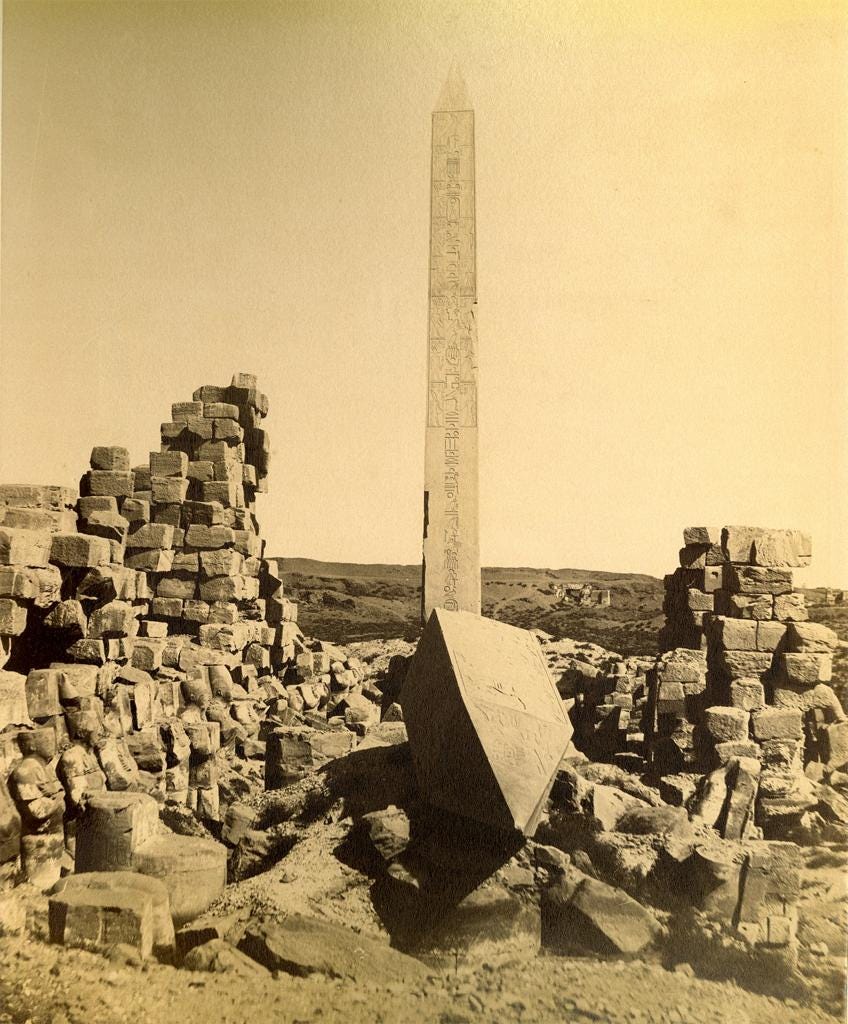
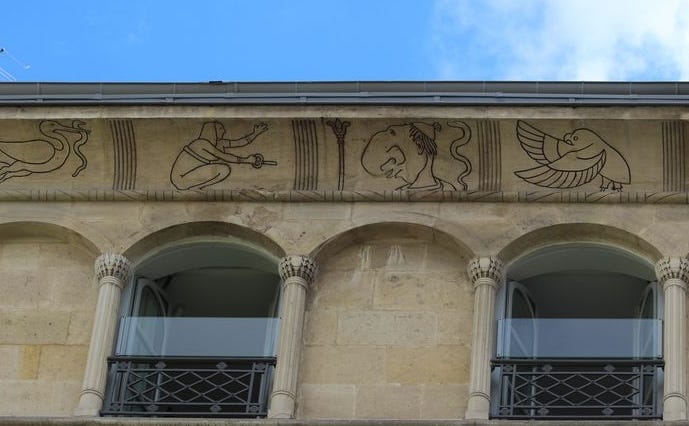



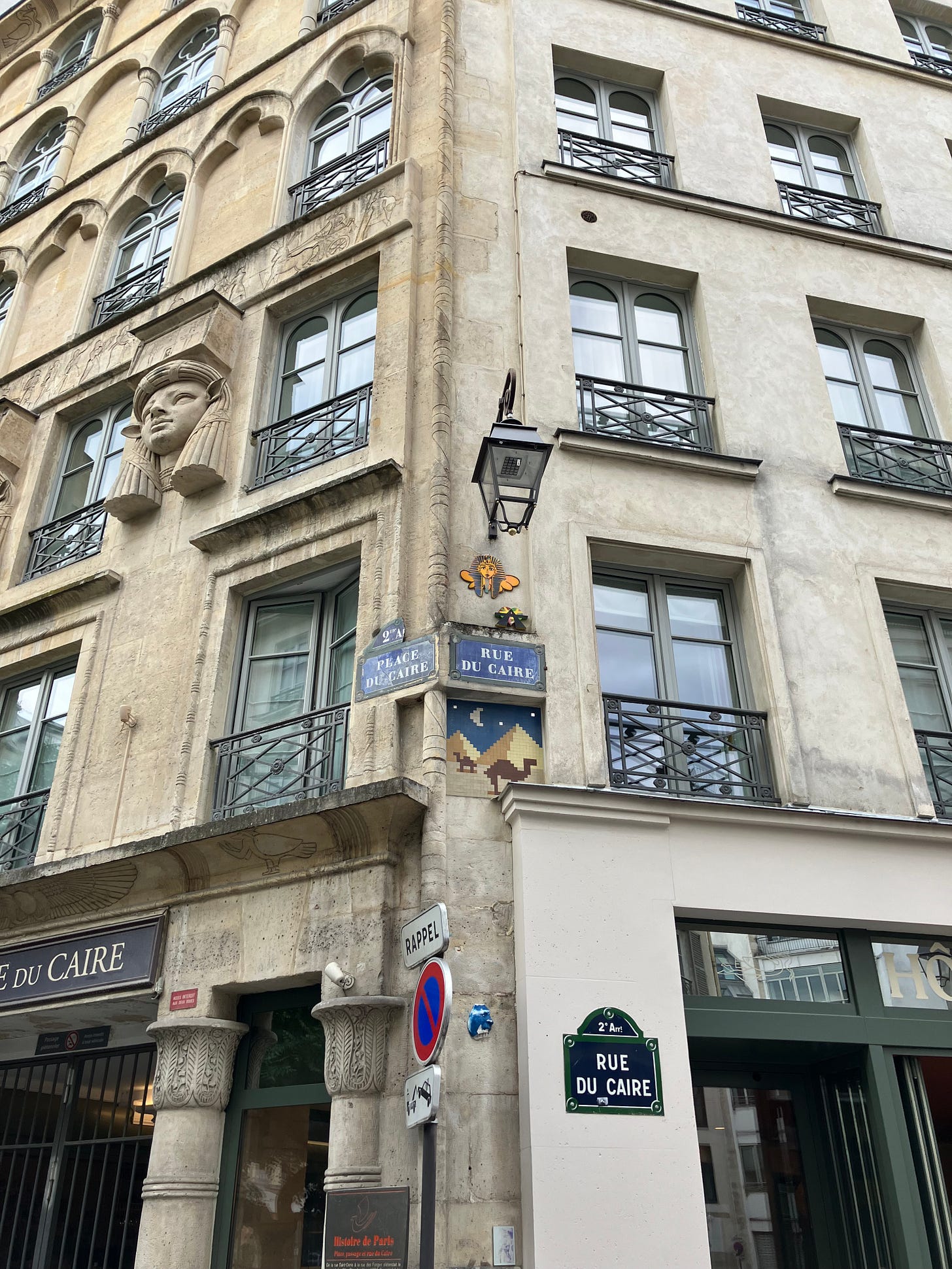
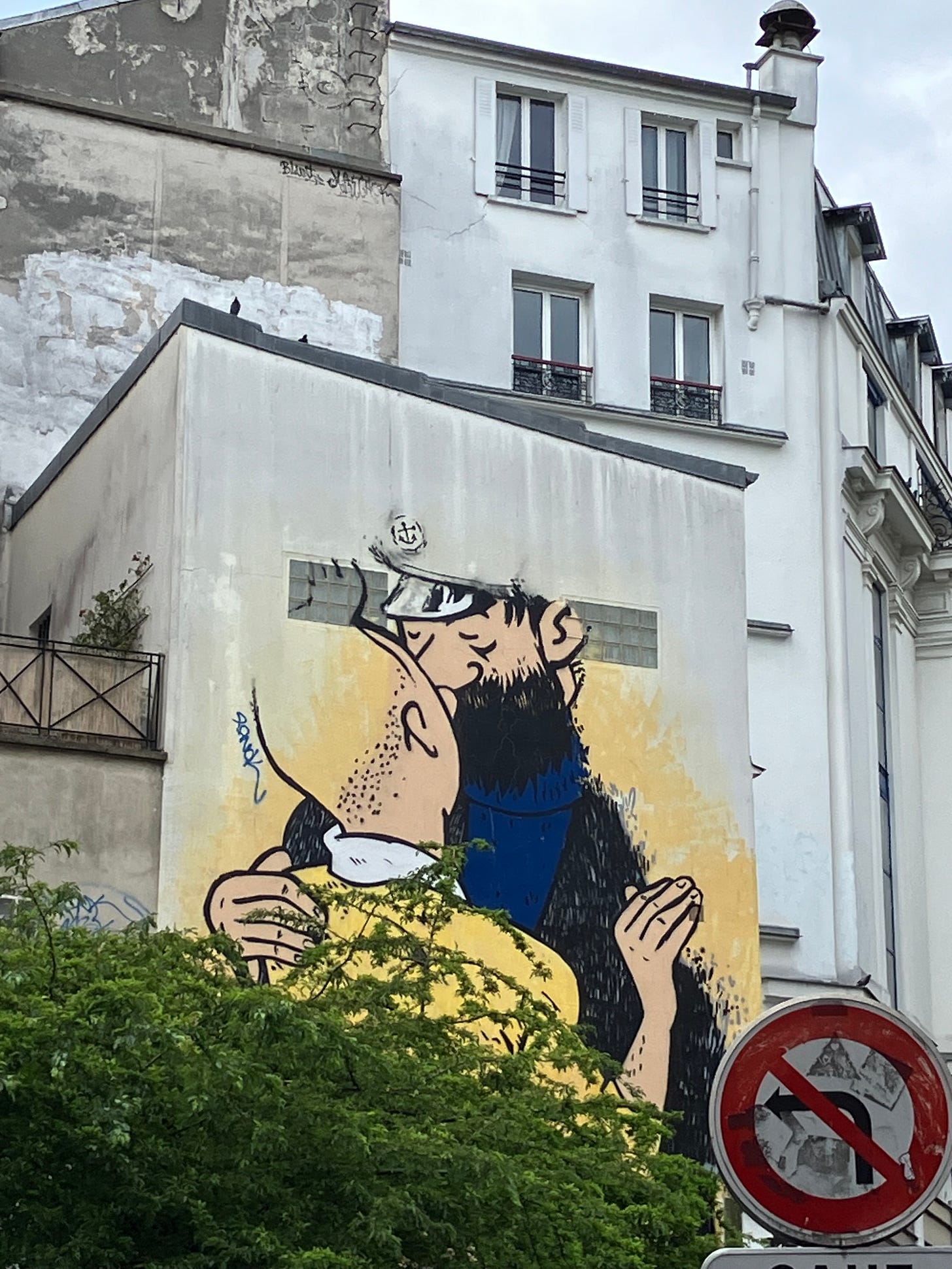
Love this. Hidden treasures are available for curious unhurried eyes 🧡🧡